South Carolina Rejects the 19th Amendment, January 28, 1920 (Ratifies July 1, 1969; vote certified August 22, 1973)
Introduction
Text-to-speech Audio
The women's suffrage movement in South Carolina began during the period of Reconstruction and then reemerged in the 1890s. Despite the work of suffragists, South Carolina did not grant voting rights to women at the state level and rejected the 19th Amendment on January 28, 1920. South Carolina voted to ratify the 19th Amendment on July 1, 1969, although the vote was not certified until 1973.
Images
Eulalie Salley (second from right) with the governor of South Carolina
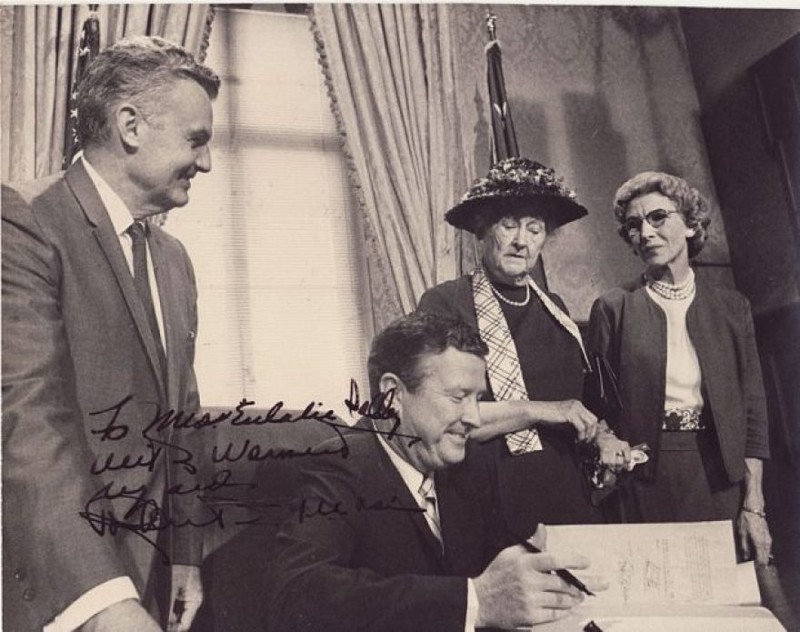
Frances Anne Rollin Whipper. The five Rollin sisters--Frances Anne, Katherine, Charlotte, Marie Louise, and Florence--were all active in civil rights and women's rights. Frances Anne Rollin married William J. Whipper, Republican member of the South Carolina Senate who supported women's suffrage.
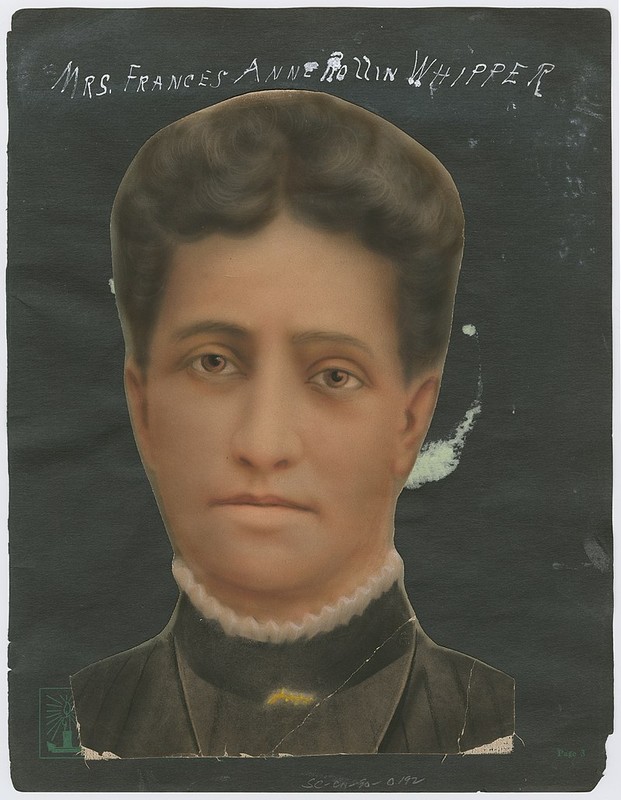
Virginia Durant Young
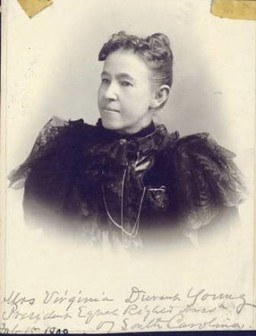
Conferring over ratification of the 19th Amendment to the U.S. Constitution at the National Woman's Party headquarters in Washington, D.C., in 1919 are (from left) Mrs. Lawrence Lewis, Mrs. Abby Scott Baker, Anita Pollitzer of South Carolina, Alice Paul, Florence Boeckel and Mabel Vernon (standing at right). Photo from Women of Protest: Photographs from the Records of the National Woman's Party, Manuscript Division, Library of Congress, Washington, D.C.
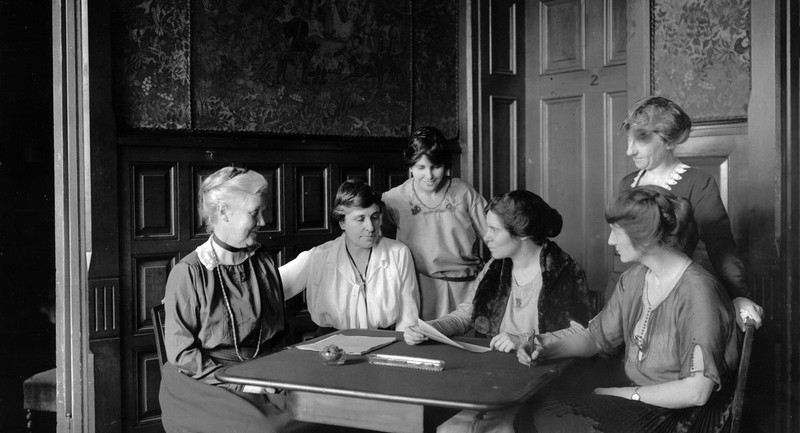
Suffragists in Charleston, c. 1915. Susan Pringle Frost is sixth from left in the bottom row.
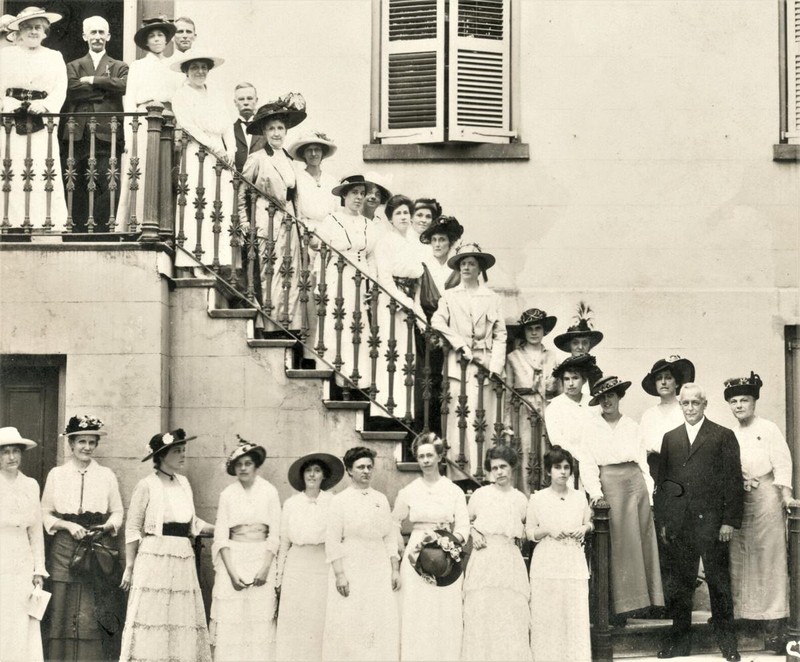
Susan Pringle Frost
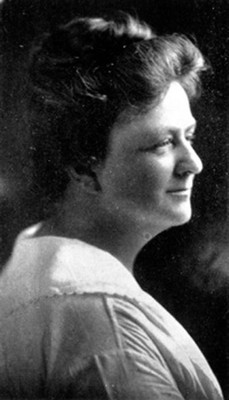
Eulalie Salley leading the first suffrage parade in South Carolina on Jan. 14, 1917 (University Archives, Gregg-Graniteville Library, University of South Carolina)
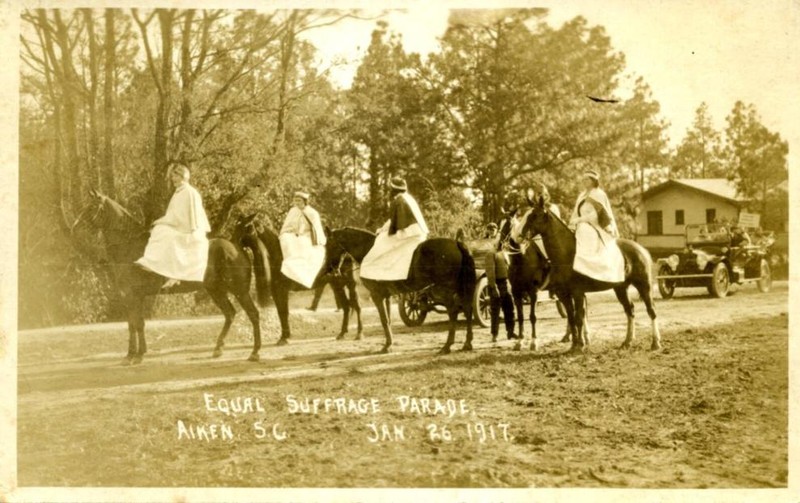
Eulalie Chaffee Salley
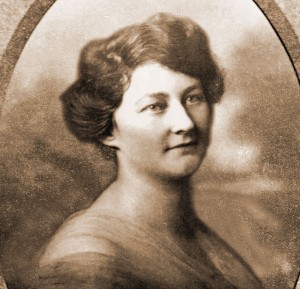
Backstory and Context
Text-to-speech Audio
The topic of women’s suffrage was first brought into political discussion by members of the free Black community during Reconstruction. Black Republican politician William Whipper, a delegate to the 1868 State Constitutional Convention, called for the word “male” to be removed from voting requirements and the Rollin sisters spoke publicly about women’s suffrage. Suffragist allies in South Carolina held a convention in 1870 and petitioned the state General Assembly for voting rights. Whipper and other pro-suffrage Republicans did recommend an amendment to the state constitution in 1872, but the state legislature rejected it. By the time the women’s suffrage movement gained new momentum Reconstruction had ended and African American suffragists were no longer welcome in the mainstream movement.
Virginia Durant Young rejuvenated the women’s suffrage movement by forming the South Carolina Equal Rights Association (SCERA) in April 1890. Young worked with state senator Robert R. Hemphill to introduce petitions and resolutions about women’s suffrage into the state legislator and built the state’s suffrage movement into one connected with the national movement. The SCERA dismantled at Young’s death in 1906, but the movement continued a few years later. The South Carolina Equal Suffrage League, founded in 1914, aligned with the National American Woman Suffrage Association and focused on small scale and local advocacy for a state amendment about suffrage. While many South Carolinian women wanted to stay with more conservative tactics, some suffragists, such as Susan Pringle Frost and Eulalie Chaffee Salley, aligned with Alice Paul and the National Woman’s Party.
Despite the work of South Carolina suffragists, the state did not grant voting rights to women prior to the 19th Amendment. Women traveled to Charleston to convince the state legislators to ratify the amendment, but the state rejected suffrage. The South Carolina House voted against the 19th Amendment 93-21 and the State Senate by 32-3. After the amendment was ratified in August 1920, South Carolina reluctantly passed a law giving women the right to vote. The state finally voted to ratify the 19th Amendment on July 1, 1969. Suffragist Eulalie Salley, then in her 80s, was able to witness the 1969 ratification and quipped “Well, boys, I’ve waited 50 years to tell you what I think about you for taking so long to pass this.” Even though the vote occurred in 1969 it was not properly certified, a mistake that was discovered in 1973 by Keller Barron of the League of Women Voters. She was researching state codes and noticed that the 19th Amendment ratification had not been added to the law books. Governor John West’s office confirmed that the ratification was not confirmed with the House Speaker or Secretary of State in 1969 and the error was fixed.
Sources
Boddie, T. Michael. "SC waited until 1969 to ratify the 19th amendment, giving women the right to vote."
Hogan, Maura. "How SC women fought for and earned the right to vote." The Post and Courier. January 22, 2021. Accessed July 22, 2021. https://www.postandcourier.com/columnists/how-sc-women-fought-for-and-earned-the-right-the-vote/article_5d36230e-e005-11ea-81d4-93af927e944e.html.
Ivey, Page. "100 Years of Suffrage: SC women in the fight for voting rights, equality." University of South Carolina. August 6, 2020. Accessed July 22, 2021. https://www.sc.edu/uofsc/posts/2020/08/womens_suffrage_movement_in_sc.php#.YPl2R-hKiUk.
"South Carolina and the 19th Amendment." National Park Service. August 27, 2019. Accessed July 22, 2021. https://www.nps.gov/articles/south-carolina-women-s-history.htm.
"Women's Suffrage." South Carolina Encyclopedia. July 7, 2016. Accessed July 22, 2021. https://www.scencyclopedia.org/sce/entries/women%C2%92s-suffrage/.
Eaddy, Thelisha. "'Inspired To Use Her Voice For Women's Rights,' Eulalie Salley Followed Her Mind, Broke Barriers." South Carolina Public Radio. July 28, 2020. Accessed July 22, 2021. https://www.southcarolinapublicradio.org/sc-news/2020-07-28/inspired-to-use-her-voice-for-womens-rights-eulalie-salley-followed-her-mind-broke-barriers.
"Frances Rollin Whipper." Wikipedia. Accessed July 22, 2021. https://en.wikipedia.org/wiki/Frances_Rollin_Whipper.
Bellows, Barbara L. "Biographical Sketch of Virginia Durant Covington Young." Alexander Street. Accessed July 22, 2021. https://documents.alexanderstreet.com/d/1009872252.
Ivey, Page. "100 Years of Suffrage: SC women in the fight for voting rights, equality." University of South Carolina. August 6, 2020. Accessed July 22, 2021. https://www.sc.edu/uofsc/posts/2020/08/womens_suffrage_movement_in_sc.php#.YPl2R-hKiUk.
Hogan, Maura. "How SC women fought for and earned the right to vote." The Post and Courier. January 22, 2021. Accessed July 22, 2021. https://www.postandcourier.com/columnists/how-sc-women-fought-for-and-earned-the-right-the-vote/article_5d36230e-e005-11ea-81d4-93af927e944e.html.
Hogan, Maura. "How SC women fought for and earned the right to vote." The Post and Courier. January 22, 2021. Accessed July 22, 2021. https://www.postandcourier.com/columnists/how-sc-women-fought-for-and-earned-the-right-the-vote/article_5d36230e-e005-11ea-81d4-93af927e944e.html.
Hogan, Maura. "How SC women fought for and earned the right to vote." The Post and Courier. January 22, 2021. Accessed July 22, 2021. https://www.postandcourier.com/columnists/how-sc-women-fought-for-and-earned-the-right-the-vote/article_5d36230e-e005-11ea-81d4-93af927e944e.html.
"Eulalie Chafee Salley (1883-1975)." WIL Women in Leadership. South Carolina Women's Leadership Network. Accessed July 22, 2021. https://scwomenlead.net/eulalie-chafee-salley/.
